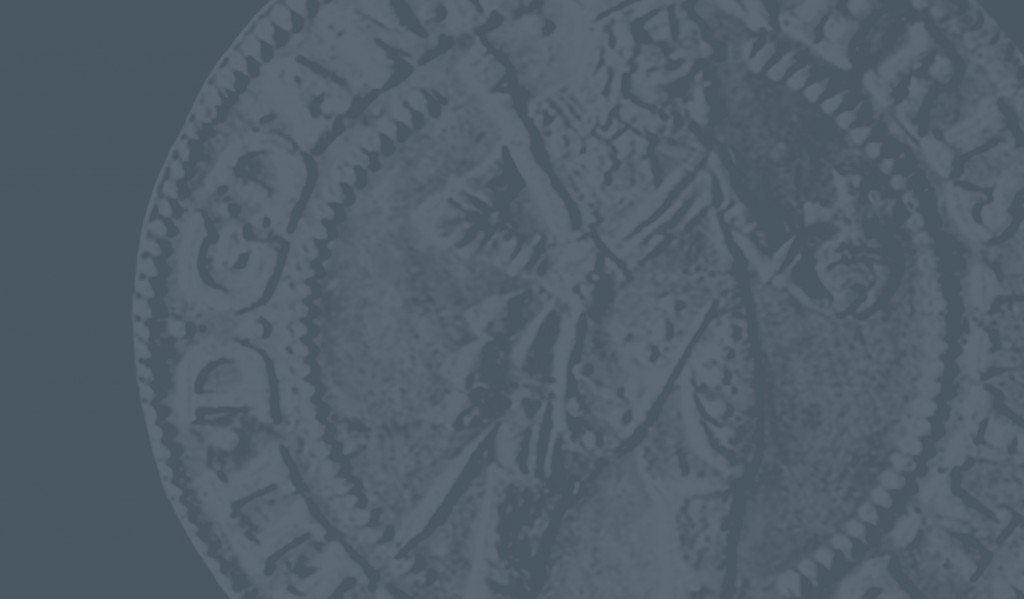
Kupuj i rezerwuj online
Bilety na wystawy czasowe oraz stałe, wydarzenia, wykłady i inne. Zakup online książek i gadżetów.
Spotkania
w Muzeum
Spacery, spotkania kuratorskie, literackie, wykłady i więcej
The second half of the 1960s brought new ideas for extending the Museum’s premises. One of them concerned the reconstruction of the western part of the Old Market Square, where the Bydgoszcz Museum had its headquarters in the years 1923-1939. The concept was related to the creation of the Monument to Struggle and Martyrdom of the Bydgoszcz Land. A bold redevelopment that could completely change the character of this part of the city never went beyond the design phase. The third post-war decade in the Museum’s history was a time of dynamic change, when interwar concepts were confronted with modern assumptions of museology. However, the developed forms in the field of exhibitions and collecting, especially in the field of art, were not abandoned.
The concept of creating a collection of contemporary art, referring to the interwar tradition, which was important for the institution’s profile, was manifested in the creation of the Gallery of Contemporary Polish Painting (1964-1975). It underwent constant change, expansion and was supplemented with interesting works of art. The second extremely important exhibition for the later expansion of the collection was Contemporary Polish Graphics (1965-1968). These galleries were accompanied by a series of exhibitions, which in the form of monographic shows expanded the issues of contemporary Polish art. The series featured the exhibitions: Andrzej Wróblewski. Painting (1964), Painting and Drawing by Ignacy Witz (1964), Tadeusz Dominik. Painting (1965), Painting by Stanisław Teisseyre (1967), and Tymon Niesiołowski. Painting, Drawing, Graphics and Sculpture (1966).
In 1966, for the first time in history, the Bydgoszcz Museum presented an exhibition abroad. The Contemporary Polish Printmaking show was hosted in Reggio Emilia, an Italian partner city of Bydgoszcz since 1962. The next foreign exhibition was organized by the Bydgoszcz branch in Nancy, France, was entitled Peinture Polonaise Contemporaine and presented selected works of Polish art. International cooperation activities continued to a lesser extent in the next decade. At the turn of 1971 and 1972, the The Beginnings of the Nazi Occupation in Bydgoszcz 1939 exhibition was presented in Kragujevac, Yugoslavia.
Purchases of works by Polish artists working until 1939 were motivated by the desire to rebuild the pre-war collection of Polish art after the losses suffered during World War II. This trend also includes activities aimed at cooperation with artists from Bydgoszcz and the region and creating a collection of their works. The beginning was the Gallery of Contemporary Pomeranian Painting (1962), and a new form of cooperation with visual artists consisted of thematic competition exhibitions related to the purchase of their works, such as The Period of Suffering and Struggle in Painting, Graphics, Drawing and Sculpture 1939-1945 (1969) and My City. Exhibition of graphic and drawing competition works on the 25th anniversary of Bydgoszcz’s liberation (1970).
In 1966, the Department of Struggle and Martyrdom 1939-1945 was separated from the History Department and, in 1969, so was the Department of History of the People’s Republic of Poland. The first of them focused on the propaganda transfer of content to the recipient. The latter prepared two exhibitions: The Nazi Occupation in Bydgoszcz 1939-1945 (1966-1968) and The Extermination of Bydgoszcz’s Residents at the Beginning of the Nazi Occupation (1974). The subject of Polish martyrdom during World War II, after the department was incorporated into the structure of the History Department, did not appear so often, but it should be mentioned that the Image of Crime – Bydgoszcz 1939 exhibition (1984), organized 10 years later, functioned for 8 years in Granaries on the Brda as a permanent exhibition.
The creation of new departments and the expansion of the collection contributed to a richer exhibition offer in the fields of history, numismatics and archaeology. Permanent exhibitions were organized more frequently, presenting museum resources, e.g., Nazi occupation in Bydgoszcz 1939-1945 (1966-1968), From defeat to victory. On the 30th anniversary of the outbreak of World War II (1969-1971), Prehistory of the Bydgoszcz region (1971-1975), Polish coins (1971-1973) and Crafts (1972-1975).
An extremely popular form of dissemination activity at that time was the screening of documentaries, educational and reportage films related to art. Sessions of this type were organized for the first time in 1962. Due to the great interest, a decision was made to introduce a cyclical action entitled Art Cinema in 1966. Every other Friday, the Museum screened sets of 2-3 films devoted to art, art history and related topics. At the beginning of the 1970s, these activities continued, moreover, one of the exhibition halls located in Granaries on the Brda was adapted to serve as a cinema hall.